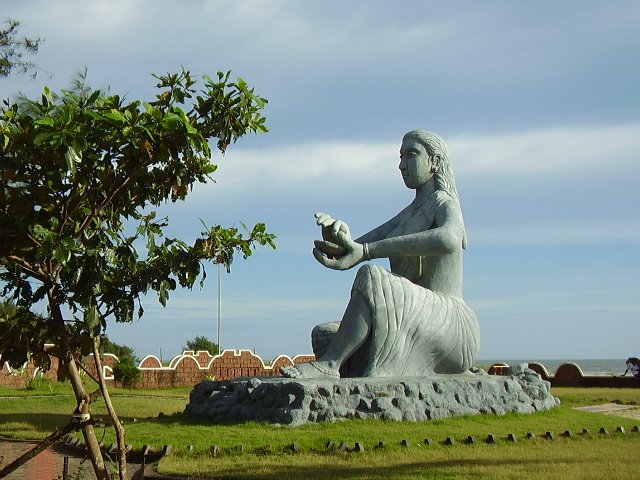Kannur Travel and Tourism Guide
The history of Kannur is an engaging one. The earliest evidence of human habitation in the district are rock-cut caves and megalithic burial sites of the Neolithic age. The Taliparamba- Kannur-Thalassery area abounds in rock-cut caves, dolmens , burial stone circles and menhirs , all of megalithic burial order citation needed. The district was part of the Chera kingdom, which ruled most of Kerala during the first several centuries CE. Later Kannur was the capital of the Kolattiri Rajas , whose kingdom had trading relations with Arabia and Persia in the 12th century and 13th centuries. In his book on travels Marco Polo recounts his visit to the area in mid 1290s. Other visitors included axian , the Buddhist pilgrim and Ibn Batuta , writer and historian of Tangiers . It is also said that the ships of Solomon had anchored along the coasts of Kannur to collect timber for building the Temple of the Lord . Kannur also finds mention as Naura in the Periplus of the Erythraean Sea Greek work of great antiquity.The Portuguese explorer Vasco da Gama visited Kannur in 1498, and shortly thereafter it became a Portuguese settlement. The Portuguese led by Don Francisco de Almeda , the first Portuguese viceroy for India, built the St. Angelo’s Fort north of Kannur in 1505. In 1663 the Dutch captured the fort and in 1772 they sold the fort to Arakkal (King of Kannur). In 1790 the British captured the fort. At present, the fort is under the control of the Archaeological Survey of India . In the latter half of the 18th century, Hyder Ali and Tipu Sultan , rulers of Mysore , conquered much of the district and came into conflict with the British. In 1792, at the conclusion of the Third Anglo-Mysore War , the British took over Kannur and the surrounding region, which became the new Malabar District of British India ‘s Madras Presidency .







